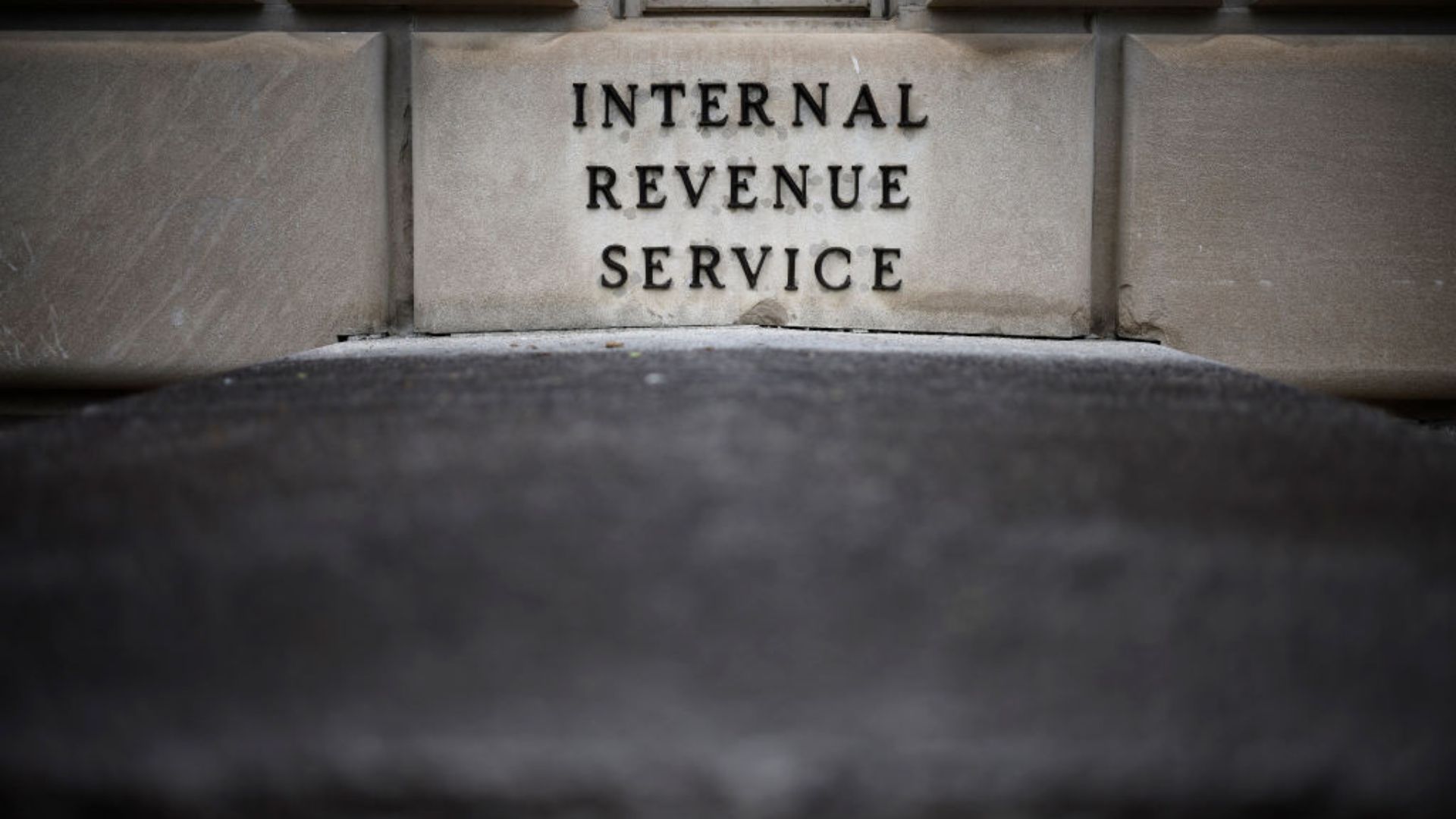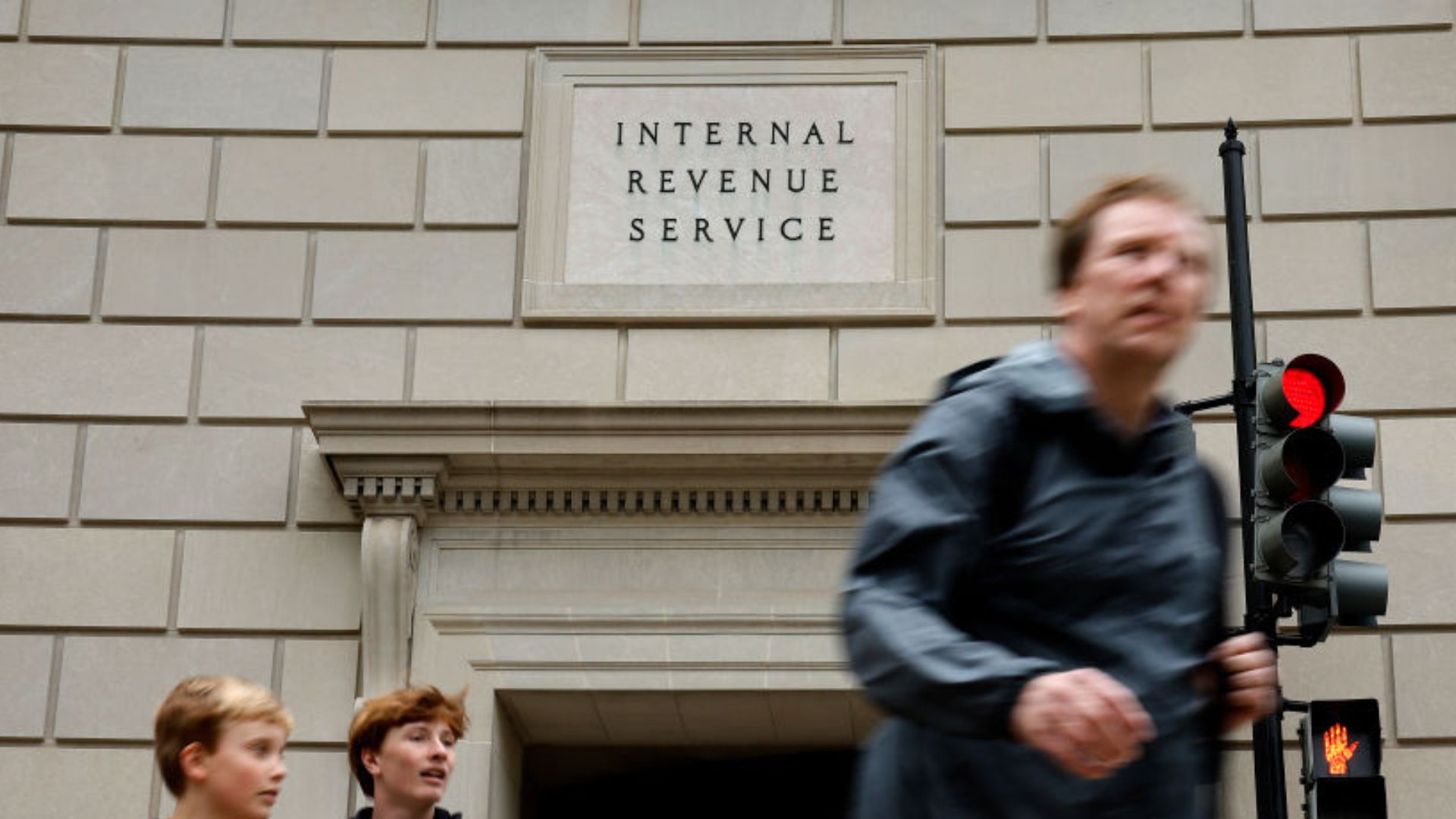In recent times, inflation has shown a decline. However, its lingering effects continue to impact various financial areas, including Social Security benefits and certain income-tax provisions.
As we look forward to the financial planning for 2024, it’s crucial to understand the potential implications of these changes on our budgets.
Projected Social Security Increases for 2024

In 2023, the Social Security Administration had announced a cost-of-living adjustment (COLA) increase of 8.7%.
Predictions for 2024 suggest that the COLA increase might be significantly lower, potentially less than half of the 2023 rate.
Determining Factors for the COLA Rate

The substantial COLA hike in 2023 was a reflection of an inflationary surge, the highest in over 40 years.
However, measures by the Federal Reserve, including rate hikes in recent years, have tempered inflation. Consequently, the expected COLA for 2024 is anticipated to be around the low 3% mark.
The Calculation Basis

COLA is determined by examining the changes in the Consumer Price Index for Wage Earners and Clerical Workers (CPI-W) from one year’s third quarter to the next.
If current trends continue, and barring unforeseen circumstances, the COLA increase for 2024 is likely to hover between 3 and 3.5%.
Real-world Implications of the COLA Rate

Currently, the average monthly Social Security retirement benefit stands at approximately $1,792.
If the predictions hold true and we see a COLA increase between 3 to 3.5%, beneficiaries can expect their monthly amounts to increase by approximately $54 to $63.
Shifting Tax Brackets

Every year, numerous federal tax provisions are modified due to inflationary factors.
The goal of these adjustments is to prevent undue burdens on taxpayers, such as “bracket creep,” where individuals pay higher taxes due to inflation rather than an actual increase in their real income.
Tax Bracket Specifics for 2023

In 2023, there were seven federal income tax brackets for individuals, unchanged from 2022. However, the specific dollar thresholds within each bracket have seen adjustments.
The tax rates for 2023 range from 10% to 37%.
Insights into Tax Collections

Even with the recent easing of inflation, federal tax collections remain substantial.
By the close of the fiscal year in September 2022, they had reached a record $4.9 trillion, surpassing the previous year’s record of just over $4 trillion.
Dissecting the Collection Increase

A detailed look reveals that individual income tax collections saw a surge of 29% to reach $2 trillion.
This sharp rise can be attributed to capital gains from an uptick in home prices and a robust stock market performance.
New Protocols for IRS Visits

A noteworthy policy change unrelated to inflation concerns the approach of IRS agents.
The IRS has instituted a new policy, effective from July, which ends the practice of unannounced visits by revenue officers to both residences and businesses.
Safety and Clarity: Reasons for the Shift

The updated policy aims to reduce potential misunderstandings among the public and also seeks to enhance the safety of both taxpayers and IRS employees.
By switching to scheduled meetings via mailed letters, the IRS hopes to foster a more organized and transparent engagement process.
Concerns Regarding Scams

While IRS agents have reduced unannounced visits, it’s crucial for the public to remain vigilant.
There has been a reported increase in scam artists attempting to deceive taxpayers. It’s essential to understand that genuine IRS agents will now schedule meetings and not make surprise visits.
